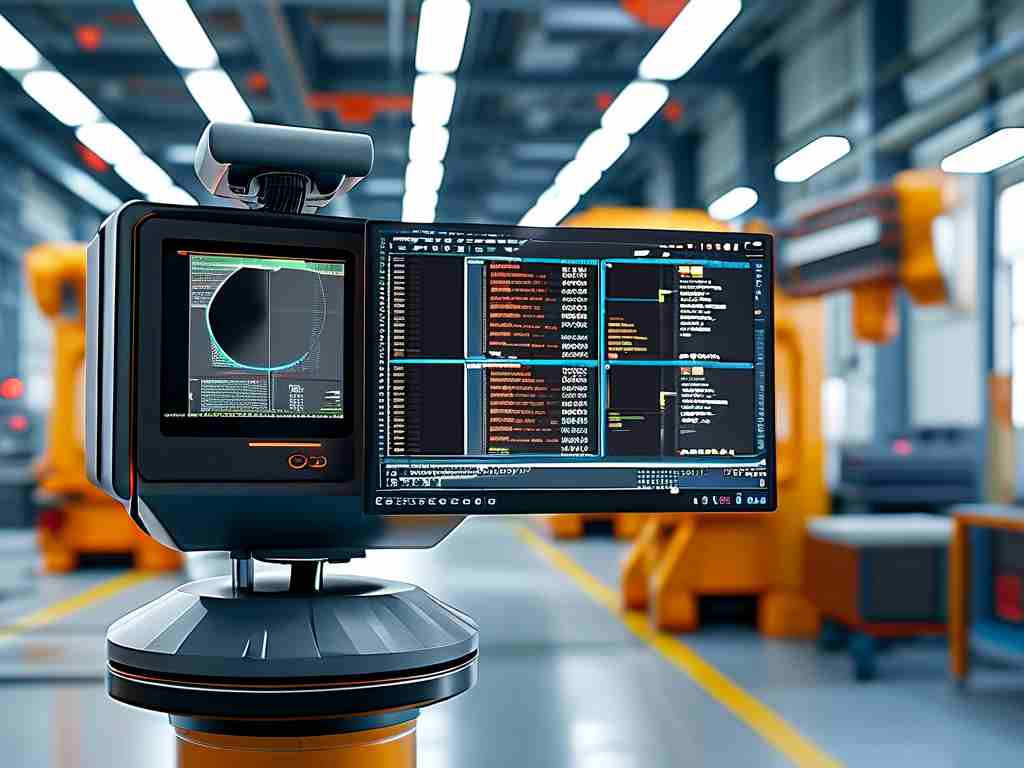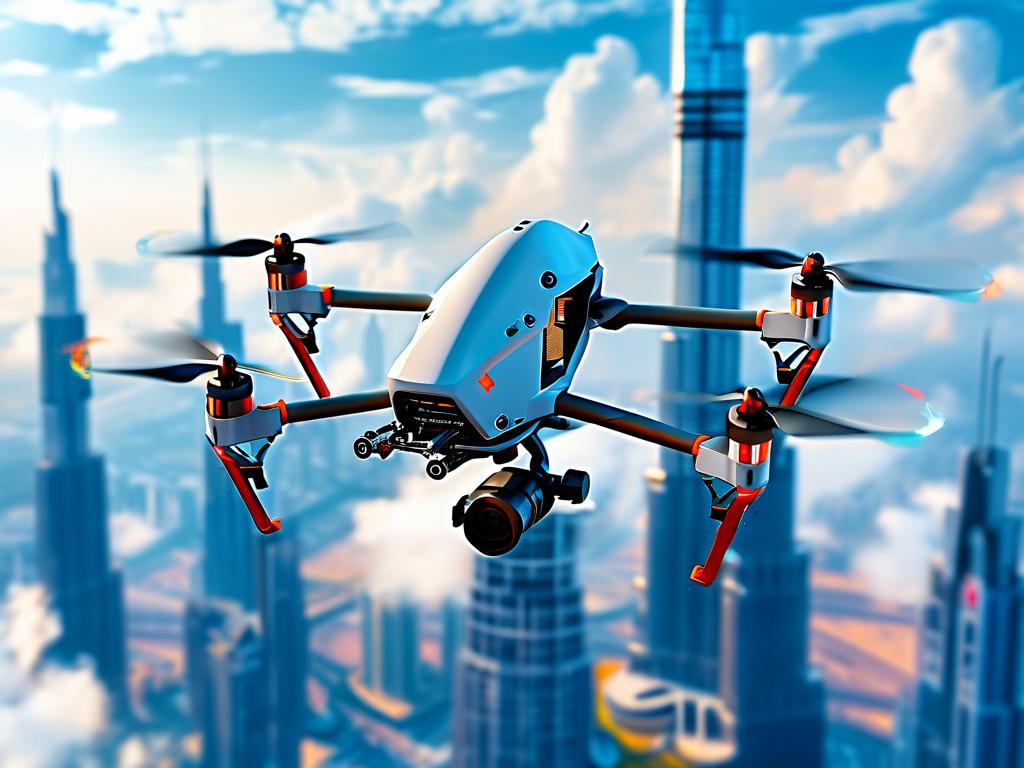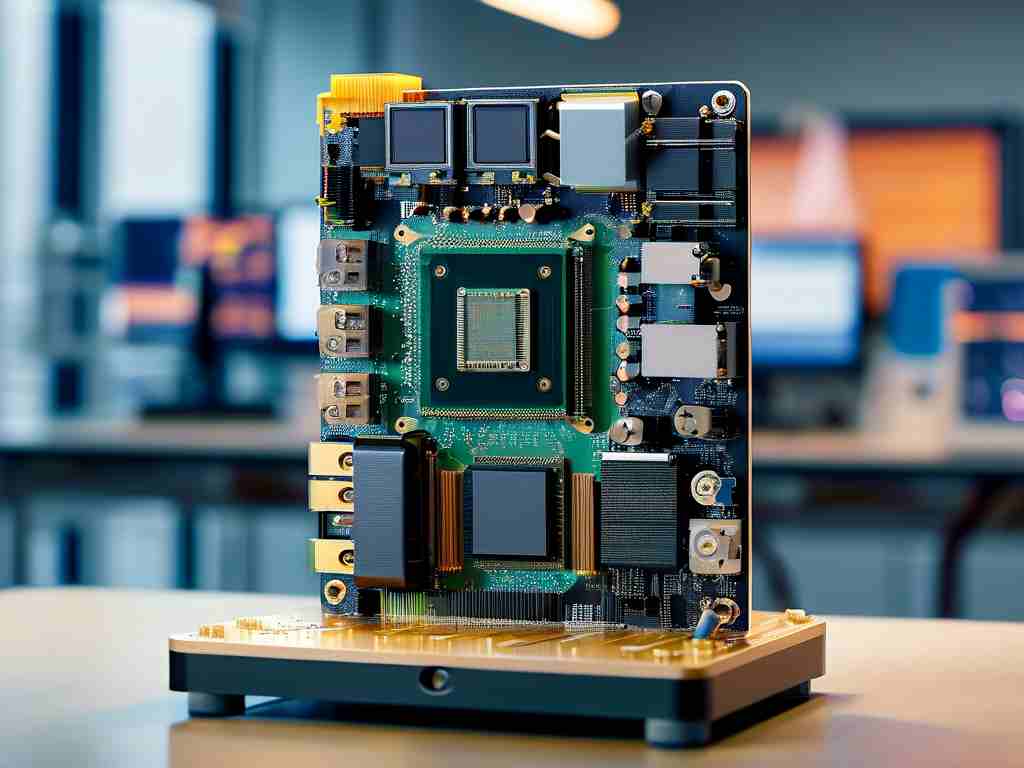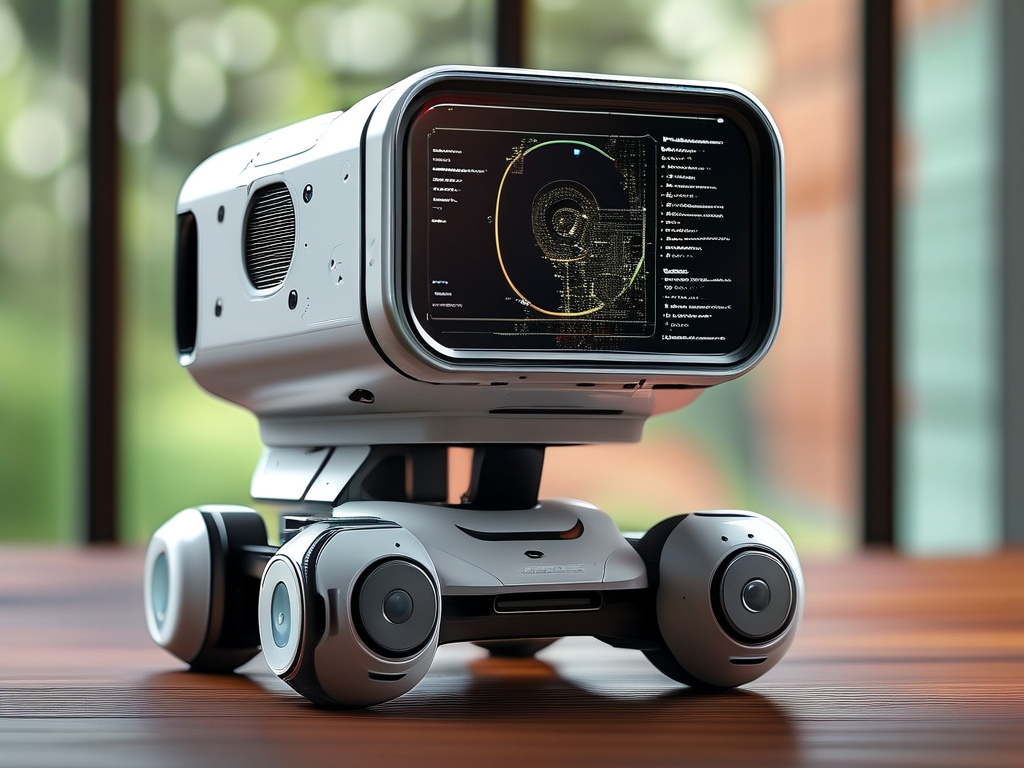The integration of radar systems with embedded platforms requires meticulous planning and execution. Unlike conventional software projects, radar embedded development demands specialized knowledge in signal processing, hardware-software co-design, and real-time constraints. This article explores proven methodologies for implementing radar solutions on embedded devices while maintaining compliance with industry standards.

Phase 1: Requirements Analysis
Every successful radar project begins with crystal-clear specifications. Engineers must define parameters like operating frequency (24 GHz or 77 GHz for automotive applications), detection range (50m-200m), and angular resolution (±5°). A common pitfall is underestimating environmental factors – for instance, marine radar systems require saltwater corrosion resistance not needed in terrestrial applications.
Hardware Selection Criteria
Choosing the right System-on-Chip (SoC) proves critical. Modern options like TI's AWR1843 or Infineon's BGT60LTR11AIP combine RF frontends with DSP cores, reducing component count. Consider this C code snippet for hardware initialization:
void radar_init() {
// Configure SPI interface for RF settings
spi_config(SPI_MODE_0, 1000000);
// Set chirp parameters: 77GHz center frequency
write_register(RF_FREQ_CTRL, 0x1A3F);
// Enable Doppler processing
set_bit(DSP_CTRL_REG, 5);
}
Software Architecture Design
A layered architecture separates signal processing from control logic. The typical stack includes:
- Low-level drivers for ADC/DAC interfaces
- Middleware for FFT and CFAR detection
- Application layer implementing tracking algorithms
Real-time operating systems (RTOS) like FreeRTOS or Zephyr manage task priorities effectively. For millimeter-wave radar, ensure microsecond-level timing precision in ISR routines.
Signal Processing Challenges
Raw ADC data requires sophisticated transformation. A typical processing chain involves:
- Range FFT for distance calculation
- Doppler FFT for velocity detection
- Angle estimation using DBF or MUSIC algorithms
Developers often optimize matrix operations using CMSIS-DSP libraries on ARM Cortex-M7 cores. Parallelization techniques like SIMD instructions can boost performance by 40% in CFAR detection modules.
Testing and Validation
Create controlled test scenarios using radar echo simulators. The table below shows sample test metrics:
| Test Case | Pass Criteria | Measurement Tool |
|---|---|---|
| Range Accuracy | ±0.15m @ 100m | Laser rangefinder |
| Velocity Resolution | 0.2 m/s | Doppler test rig |
| Power Consumption | <3W @ 25% duty cycle | Digital power analyzer |
Field testing remains irreplaceable. For automotive applications, conduct trials in rain/fog conditions to validate false alarm suppression algorithms.
Optimization Techniques
Memory constraints plague embedded radar systems. Strategies include:
- Using fixed-point arithmetic instead of floating-point
- Implementing lossless data compression for raw samples
- Leveraging hardware accelerators for matrix operations
A/B testing different constant false alarm rate (CFAR) algorithms revealed that OS-CFAR provides 15% better clutter rejection than CA-CFAR in urban environments.
Deployment Considerations
Industrial radar systems require EMI/EMC certifications like FCC Part 15 or EN 55032. Implement watchdog timers and redundancy mechanisms for mission-critical applications. Over-the-air (OTA) update capabilities have become mandatory – design dual-bank flash memory partitions for failsafe firmware upgrades.
Future Trends
Emerging technologies are reshaping radar embedded development. Chip-scale phased array solutions enable beam steering without mechanical parts. Machine learning integration allows adaptive clutter filtering – a Python prototype snippet:
from sklearn.ensemble import IsolationForest # Train on historical radar data clf = IsolationForest(contamination=0.1) clf.fit(training_data) # Detect anomalies in real-time outliers = clf.predict(live_frame)
As radar systems evolve into multimodal sensor fusion hubs, developers must master cross-domain skills spanning RF engineering, embedded programming, and AI analytics.
Mastering radar embedded development requires balancing theoretical knowledge with practical optimizations. By adopting modular design principles, rigorous testing protocols, and continuous performance tuning, teams can deliver robust solutions meeting stringent industry demands. The field offers immense opportunities for innovation, particularly in automotive ADAS and industrial automation domains.









